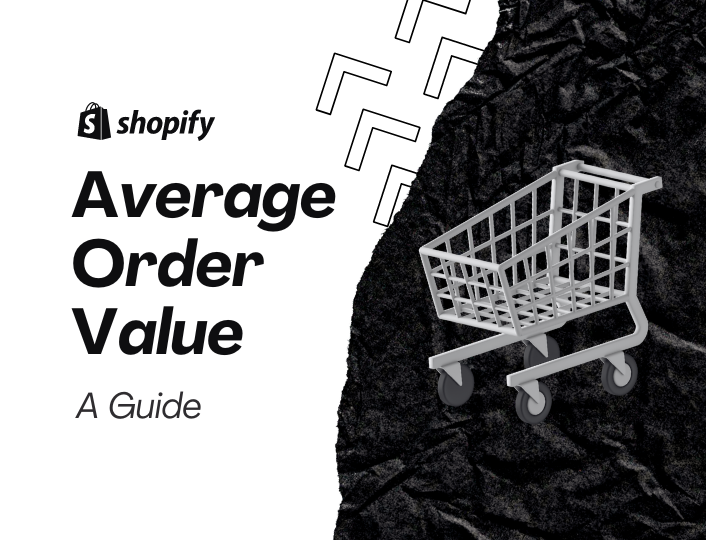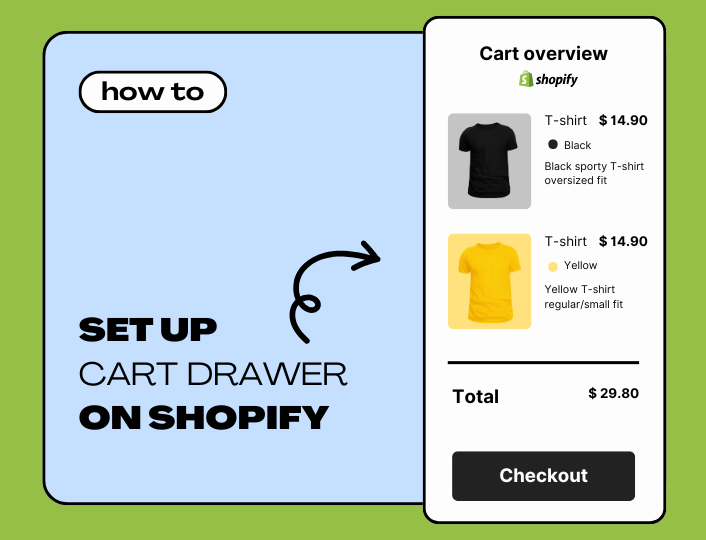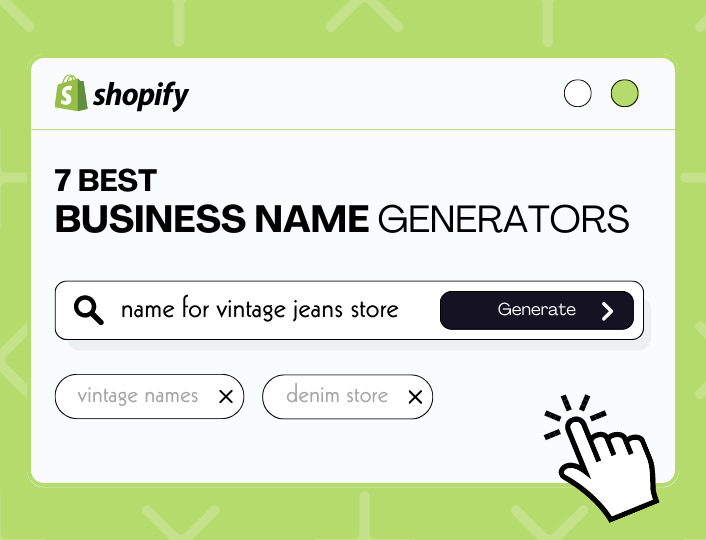Your Average Order Value defines your sales performance as a Shopify business owner.
Suppose as each week ends, you track site traffic. The numbers are high, but sales are low. You’ve redesigned your storefront and switched themes, but sales aren’t bumping. Perhaps e-commerce isn’t your thing?
Fellow business owners can testify that this experience isn’t peculiar. At least 8 in 10 owners experience a season of massive traffic + poor sales. Huge site traffic does not always mean huge sales.
What if you’ve been looking in the wrong place? Understanding your average order value is the first step to boosting your revenues and income. It not only informs you of your visitors’ purchasing power, it also suggests their shopping preferences.
In this guide, we’ll discuss the importance of AOV, how to calculate it, and effective strategies to increase your Shopify Average order value.
What is the Average Order Value?
Average Order Value in Shopify refers to the amount of money a customer spends per order in your store. It measures the average total number of orders placed over a specific period.
AOVs are used to track sales performance and predict customers’ buying habits. Shopify owners who use AOV believe it is key to making better business decisions in areas of advertising, inventory management and product pricing.
How To Calculate Average Order Value
To calculate the average order value, divide total revenue by the total number of orders within a specific time frame.
Average Order Value = Total Revenue/Total number of orders.
If your store generated a total revenue of $3000 from 150 orders, your average order value is $20. That is, excluding the marketing cost, an average customer spends $20 per order.
In essence, your AOV is calculated based on the number of orders rather than the number of customers you have in your store. Multiple orders from customers will be tallied to the respective AOV at any given time.
Why is AOV Important?
AOV is important because a low average order signifies a dip in the number of customers’ orders and a decrease in ROI. To increase sales, you may want to reduce prices to gain customers’ trust, make them comfortable and encourage them to place more orders.
AOV should be closely monitored and measured over frequent periods. In instances, where there is a significant rise and fall in sales, every part of the business should be monitored to understand the cause of the changes.
Changes due to new campaigns, product introductions, seasons or alterations on the website can affect AOV.
When evaluating your AOV, there are two metrics to consider:
- Lifetime Revenue of a Visitor – This is the total value of a customer over time. Understanding the revenue each customer brings lets you effectively calculate how much they spend buying from you.
Let’s say, you have a customer that averages 100 orders weekly or monthly. While evaluating AOV, if you observe a 20% drop in orders, you know this will impact your AOV and overall sales. You can then quickly fix a store promotion or introduce incentives to get the order value up.
- Cost Per Conversion – This is the cost of converting a visitor to buying a customer. It should be subtracted from the average order value to show the actual profit per order.
Benefits of Improving Your Shopify Average Order Value


Here are some of the importance of AOV in your Shopify Store and the reasons why it matters to understand AOV.
- Increased Revenue and Profit: By encouraging customers to spend more with each purchase, you can significantly boost your revenue and profits without relying solely on increasing customer acquisition.
- Improved Customer Lifetime Value: Higher AOV means customers are making larger purchases, which increases their lifetime value. This allows you to invest more in customer retention strategies such as loyalty programs to foster long-term customer relationships.
- Cost Efficiency: AOV optimization can reduce the cost per acquisition by maximizing the revenue from existing customers. It is more cost-effective to increase the value of an existing customer than to acquire a new one.
Tips to Improve Average Order Value in Shopify
1. Upselling and Cross-selling
Cross-selling in eCommerce means suggesting related or complimentary products to the existing products already purchased.
Upselling means recommending higher or premium versions of the purchased product to the customers with the impression that it better meets their needs.
When you implement effective upselling and cross-selling techniques, you encourage customers to add more items to their cart or upgrade to higher-priced products.
Similarly, offer relevant product recommendations based on their browsing and purchase history, both during the checkout process and on the product pages.
For example, match your promoted outfits with accessories you feel your customer will like and recommend those accessories to them. They will likely buy them together as a one-piece which in turn increases your sales.
2. Bundle and Volume Discounts
Create product bundles or offer volume discounts to incentivize customers to purchase more in a single transaction. These bundles can consist of frequently bought-together items or a mix of high-end products and fast-selling items.
So instead of selling, say, a male jogger for $200, a shirt for $100 and sneakers for $300, you can bundle them and sell them for $540, offering a 10% discount on sales. These kinds of offers are irresistible.
Promote these offers prominently on your Shopify Store and highlight the value customers can obtain by taking advantage of these deals.
Additionally, consider using AIOD – All Automatic Discount feature to effortlessly manage and apply these enticing offers on your Shopify Store
3. Free Shipping Threshold
Set a minimum order value for free shipping and display the progress bar showing customers how close they are to reaching it.
Given this 2023 report, 60% of American consumers expect free shipping on all online orders. 80% have the same expectations but are willing to purchase an amount of product to get it.
This technique motivates customers to add more items to their cart to qualify for free shipping, increasing their AOV.
However, you need to inform them about your free shipping policy through the free shipping bar displayed on your website which is often in the form of sticky or floating bars.
4. Personalized Product Recommendations
Utilize data from customer profiles, purchase history, and browsing behavior to provide personalized product recommendations.
Use Shopify apps or built-in features like Shopify’s recommendation engine to display related or complementary products that align with the customer’s interests, increasing the chances of upselling.
5. Tiered Pricing and Quantity Breaks
Tiered pricing is a pricing strategy used to present customers with various product options with corresponding price levels.
Implement tiered pricing or quantity-based discounts to incentivize customers to buy more.
To structure your tiered pricing, list out all the items you want to offer. Categorize them according to their value, from the least to the most desired together, with the resources they require. Next is to organize them into groups for your customers.
Display the discounts prominently on product pages, emphasizing the savings they can achieve by purchasing larger quantities. This strategy encourages customers to increase their order size.
6. Post-Purchase Upselling
Leverage post-purchase opportunities by displaying relevant upsell offers on the order confirmation page or through follow-ups email. Offer complementary products or accessories that enhance the customer’s initial purchase, providing them with additional value.
7. Loyalty and Reward Programs
Implement a loyalty program to reward customers for their repeat purchases. Offer exclusive discounts, early access to sales, or points-based systems that can be redeemed for future purchases.
By increasing customer loyalty, you can drive higher AOV as customers strive to unlock more rewards.
Conclusion
Optimizing your Shopify Average Order Value is a powerful way to increase revenue, improve customer lifetime value and drive sustainable growth for your Shopify store in 2023.
Adoric is a one-stop tool for creating personalized shopping experiences for your customers. We present an array of easy-to-use features to boost conversion and sales.
Trusted by over 200 businesses, we help owners like you sell more through simple product upsell strategies.
Ready to enhance your store’s profitability?




